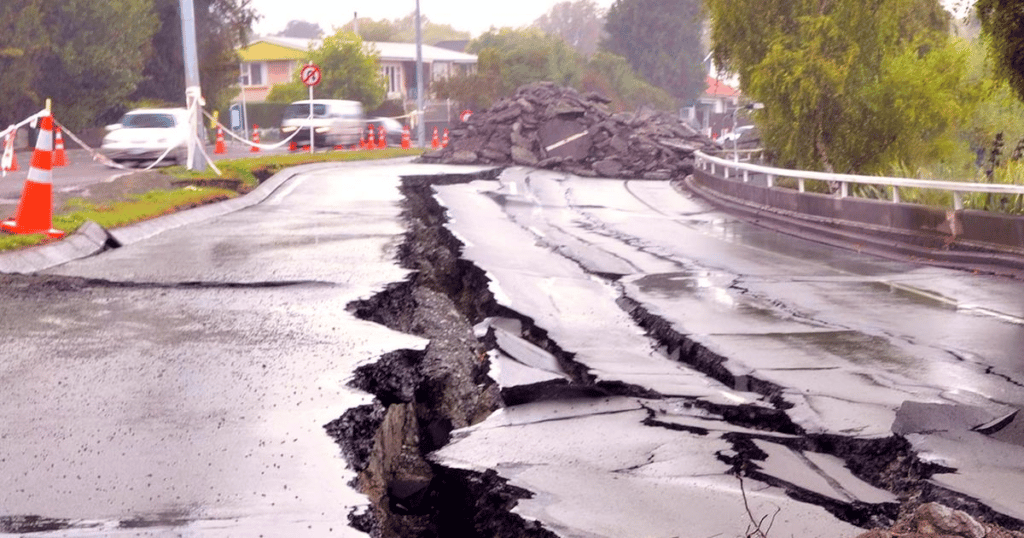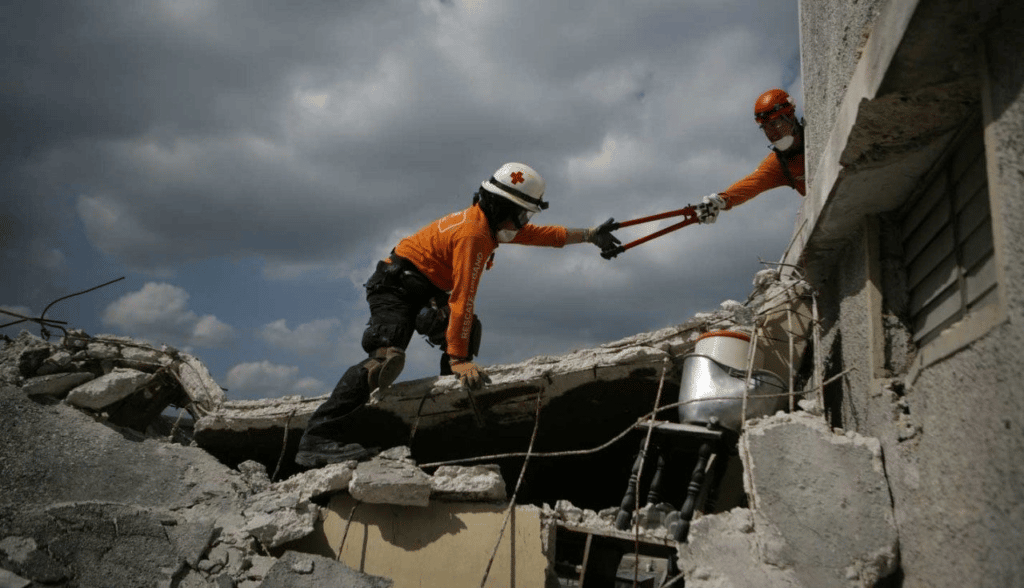Earthquake Preparedness: How to Stay Safe
Preparing now for an unexpected earthquake.
So you just heard about an earthquake and it has you wondering, “What if that were me?” If you have ever asked yourself that question, you are not alone.
But now that you are here reading this article, what if that were you? What would you do? Would you run, panic, or go outside? Are you prepared for an earthquake?
What about after the earthquake? No doubt, there will be damage and residual effects including personal loss and emotional trauma. Are you ready to handle what happens after an earthquake?
In this article, we want to discuss what you can do during and after an earthquake. With proper planning and heeding these steps, we can be prepared to face this natural, unexpected disaster as safely as possible.
A note from us here at GoBagGuide.com: Recently, there have been devastating earthquakes around the world where the death toll has numbered into the thousands and the damage costing millions of dollars. At the time of reading this, there might be even more catastrophic earthquakes. Our hearts go out to those who have experienced the loss of family and friends. We remain confident that there will be a time where these things will be a thing of the past.
The Staff at GoBagGuide.com
Please note that this content is reader supported. By clicking our links, we may earn a commission. Thanks!
What are Earthquakes?
This might not seem like the best time to talk about what an earthquake is. However, understanding what an earthquake is can help better equip us to handle it.

According the USGS.gov an “earthquake is caused by a sudden slip on a fault The tectonic plates are always slowly moving, but they get stuck at their edges due to friction. When the stress on the edge overcomes the friction, there is an earthquake that releases energy in waves that travel through the earth’s crust and cause the shaking that we feel.” This scientific definition might be a little much to grasp, but ultimately in comes down to movement in the earth.
You might have heard of or experienced more earthquakes in California than other places. There is a reason for this. Sticking to the earthquake explanation from USGS.gov, there are two of these plates in California that are moving at a rate of two inches per year. This, along with the faults that lie beneath California, results in tremors. It is truly an interesting read if you are interested in going even deeper.
According to USGS.gov, there are approximately 20,000 earthquakes a year. This comes out to about 55 earthquakes a day. Of that amount, we can expect about 16 major earthquakes each year.
What To Do If You Are Indoors During An Earthquake
If you are indoors when an earthquake hits, the best action is to stay inside and stay calm! Look for cover underneath a table or desk and hold it. Remember these three words: DROP, COVER, and HOLD ON!

If you are unable to get underneath a table, move to a hallway or inside wall.
Here are some things you should NOT do:
- DO NOT run outside
- DO NOT stand in a doorway
- DO NOT run to another room
- DO NOT go to the window
- DO NOT go to the kitchen
- DO NOT go near heavy furniture and appliances.
Wait until all of the shaking has stopped before trying to go back out. Keep in mind that there might be aftershocks. So it is important to be careful in the minutes immediately after an earthquake.
What To Do If You Are Outdoors During An Earthquake
There are times that an earthquake might happen while you are outside. While it might seem safer to be outside, there are still precautions that are needed.
Here are some things you should NOT do:
- DO NOT run inside. If you are outdoors, STAY OUTDOORS!
- DO NOT stand near a building.
- DO NOT stand near trees or powerlines.
- DO NOT continue to drive during an earthquake. Stop the car and stay inside until the shaking has stopped.
- DO NOT PANIC!
During an earthquake it is important to remain calm as panic causes confusion and anxiety. A calm, collected, and prepared mind leads to positive action.
What To Do After An Earthquake
So the earthquake is over and you can get back to normal. Wrong! After an earthquake, it is important that you take time to make sure that you and others are okay.

First, check yourself for injuries. Afterwards, check others for injuries. Render first aid as needed. In some cases, physical injuries are not the only thing to address. The emotional toll can greatly effect us and others. If we find that to be the case, do not ignore. Be a listening, sympathetic ear for someone who needs additional assistance.
Be careful for residual aftershocks and be on guard for broken glass, downed powerlines, and other hazards. It is also important to check your residence for any damage. If you have suffered damage, remain calm. You are safe. Things of material value can be replaced.
Be sure to check the news for any important updates and follow their directions. If there is a need to evacuate or relocate, be sure to take your go bag.
What Can You Do Now
While an earthquake is frightening and unexpected, we can be prepared.
First, learn what to do during and after an earthquake. We hope this article proved helpful with that.
Second, have an emergency plan in place. For instance, if cell service is down, does your family have a place to meet? Do you have a place that you can go in the event of a disaster?
Also, have a prepared go bag. On this site, we discussed the importance of having a go bag and how you can prepare your own. You can also purchase an emergency kit. We highly recommend you take this action now.
With just a little preparation, you can stay safe and ready for an earthquake.
Ready to make your emergency go bag?
Stay one step ahead of a disaster later by taking steps to prepare now.
–
If you enjoyed this page, please check out the rest of our disaster preparedness series:
- Be Prepared: A Guide of What to do During a Blizzard
- Staying Safe: What to do During and After a Flood
- Hurricane Preparedness: Protecting Your Home and Family
- Surviving the Storm: Tips and Strategies for Tornado Readiness
- Living Near a Volcano: A Comprehensive Guide to Volcano Eruption Preparedness
- Don’t Get Caught Off Guard: Essential Steps for Wildfire Preparedness

